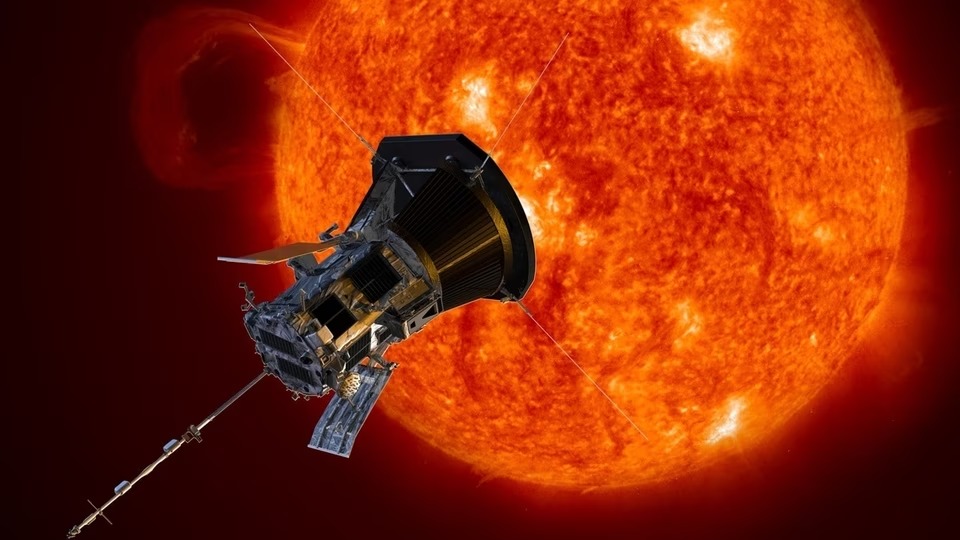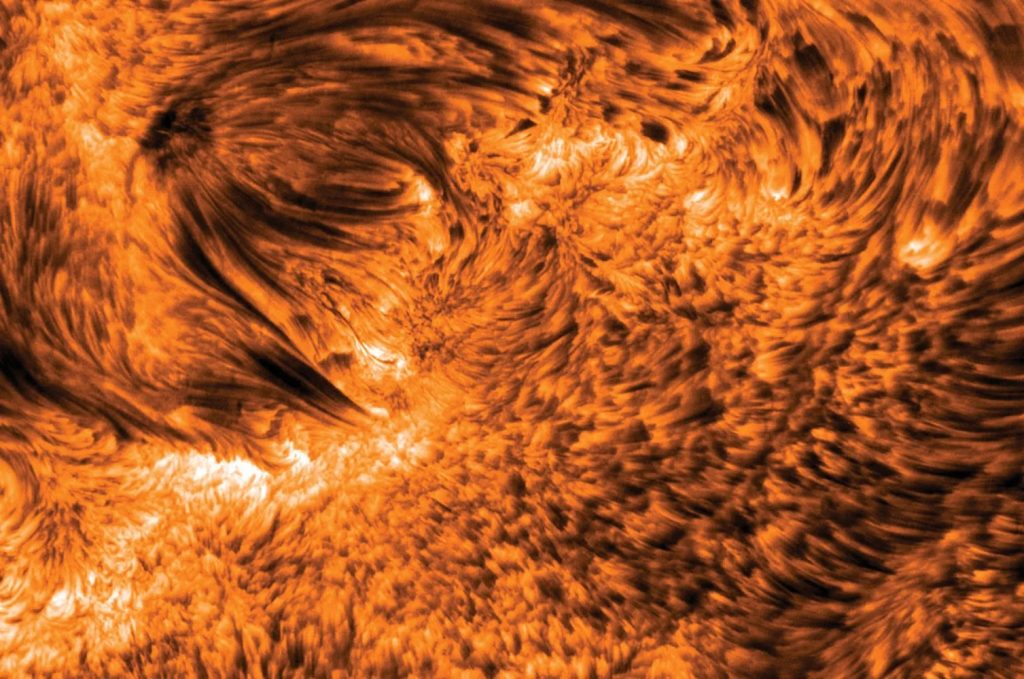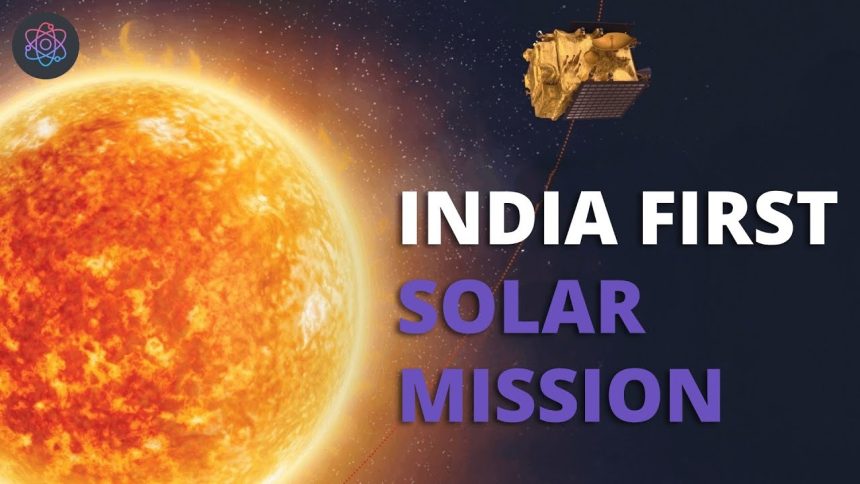Aditya-L1, India’s ground-breaking space-based solar mission, is scheduled to launch from Sriharikota on September 2, 2023, according to a statement made by the Indian Space Research Organization (ISRO) on Monday.
The Space mission will be managed by Bengaluru Space Agency
The Sun-Earth Lagrangian point is 1.5 million kilometers from Earth. India’s first dedicated space mission for solar observation will be this one. Managed by the space agency with its Bengaluru headquarters. The Aditya-L1 mission has seven payloads for viewing the photosphere, chromosphere, and the outermost solar layers.

According to an ISRO source, this project is an entirely indigenous initiative that actively involves national institutions. The Indian Institute of Astrophysics (IIA) in Bengaluru is the principal organization in charge of developing the Visible Emission Line Coronagraph payload. The Inter-University Centre for Astronomy and Astrophysics, Pune, has also developed the Solar Ultraviolet Imager payload for the project.
- Advertisement -

Aditya-L1 will provide information on the corona, solar chromosphere, and solar flares utilizing its X-ray and UV payloads
The magnetometer payload and particle detectors will provide data on magnetic fields and charged particles about the halo orbit around L1. An ISRO official said, “The launch is most likely to happen on September 2.” According to ISRO, the spacecraft’s planned halo orbit.
Which will cover the L1 of the Sun-Earth system, and provides a continuous view of the Sun free from occultations or eclipses. Four payloads can do direct solar observation thanks to this unique viewpoint at L1. While the remaining three conduct in-situ particle and field research. Which will enable insightful investigations of the impact of solar dynamics on interplanetary space.

Aditya-L1 will have seven payloads on it. Four of them will observe the Sun from a distance, concentrating mainly on the corona and chromosphere. Regarding coronal heating, coronal mass discharge, pre-flare, and flare activities. And the characteristics and dynamics of space weather, and propagation of particles and fields.
Aditya-L1 will have seven payloads on it. Four of these will use electromagnetic particle and magnetic field detectors to remotely sense the Sun, concentrating especially on the chromosphere and corona, the Sun’s outermost layers. The remaining three will make on-site observations.



